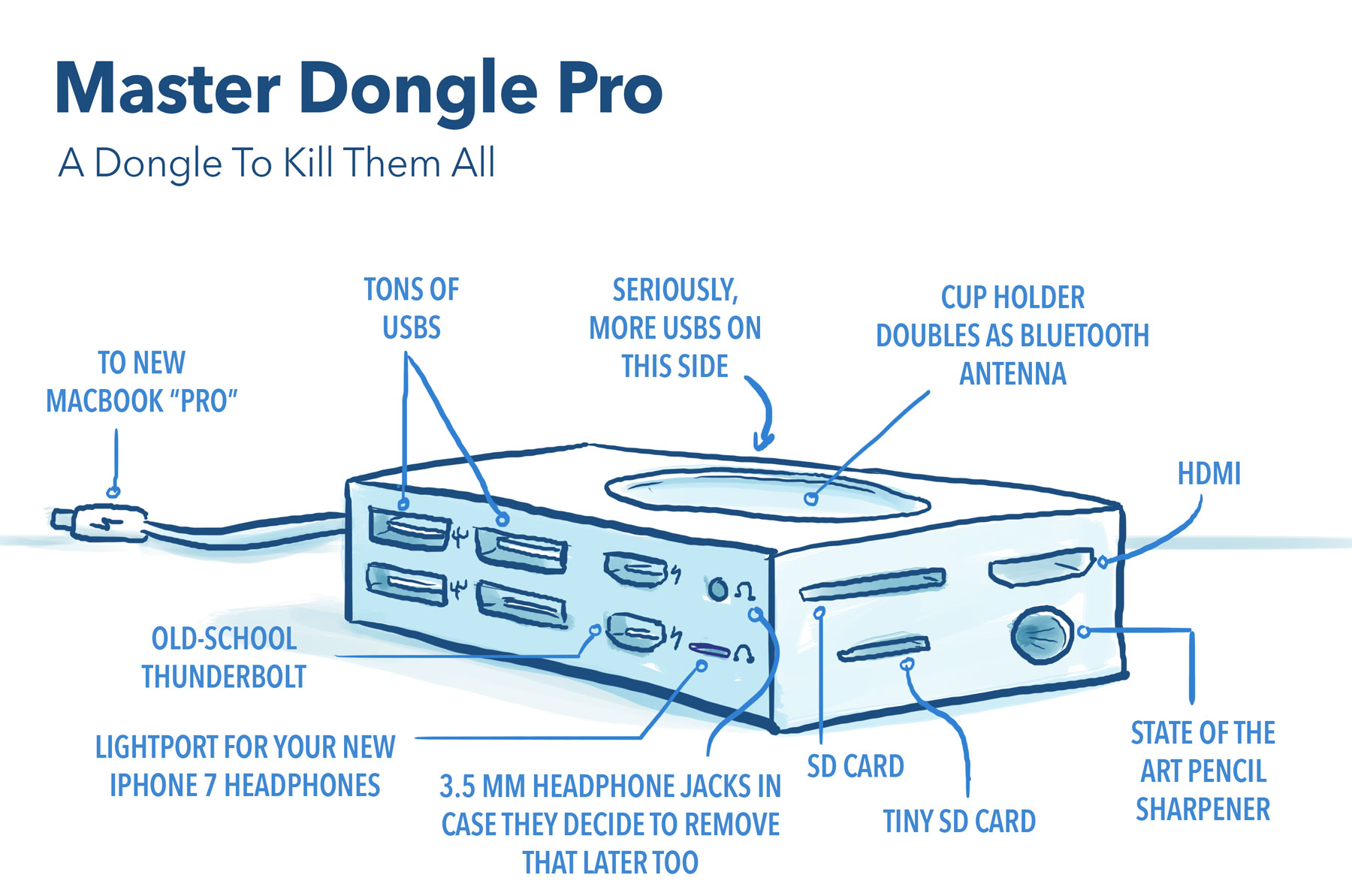Apple Watch Activity Tracking
I got an Apple Watch Series 2 on October 1st and have been wearing it every day since then. It’s been interesting to see how it folds into my everyday routines and workflows. This is also the first time I’ve regularly worn a watch in over 10 years.
It’s not integral to my life like my iPhone is. It’s a nice-to-have device and I see it staying that way for the foreseeable future.
The biggest benefits to wearing an Apple Watch are ones Apple put in by design: glancing at notifications and activity tracking. I no longer have to pull out my iPhone to read texts and emails. This is great.
Regarding the activity tracking, I’ve been curious exactly how it works.
iMore has a good breakdown on how it works:
Instead of counting steps or calories, the Apple Watch focuses more on your overall health and well-being. This difference has left some Apple Watch owners baffled at their standing desks when a notification comes through that it’s time to stand; others aren’t sure why workouts they log in other App Store apps don’t show up as a workout in the Activity app. And these are all logical questions.
And on what Apple records as “exercise”:
Apple defines exercise as any activity you perform that is the equivalent of a brisk walk or more. To determine exercise, your Apple Watch looks at your heart rate and movement data. That means that things you do on a regular basis like getting up and walking around your office or taking your dog for a walk probably won’t raise your heart rate enough for the Apple Watch to deem it as exercise.
I’ve absolutely become more cognizant of my movement and exercise since wearing my Apple Watch. There was a lot of bitching when it first came out over the fact that you have to recharge it every day, unlike wearables like the Fitbit which last much longer.
I don’t see the problem. Before I go to bed I take off my watch and let it charge. Then I get up the next morning and I put it back on my wrist. Repeat.
I should also note I usually end the day (9-10pm) with 25-45% battery left, and this including regularly glancing at texts, emails, and activity.

